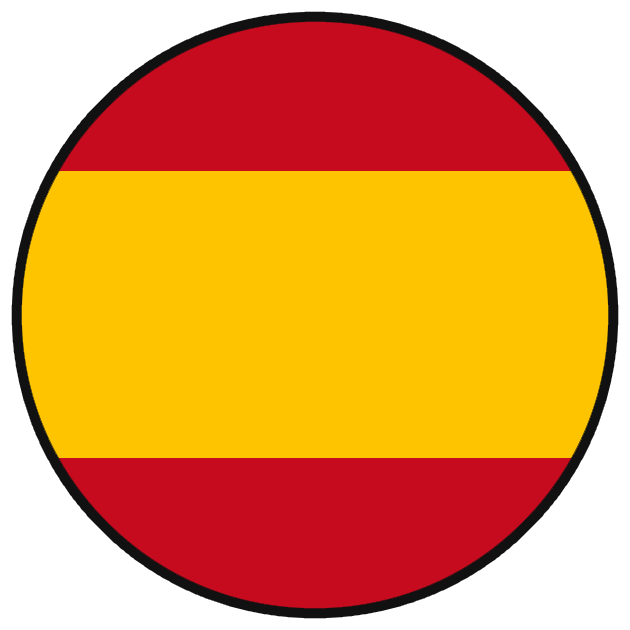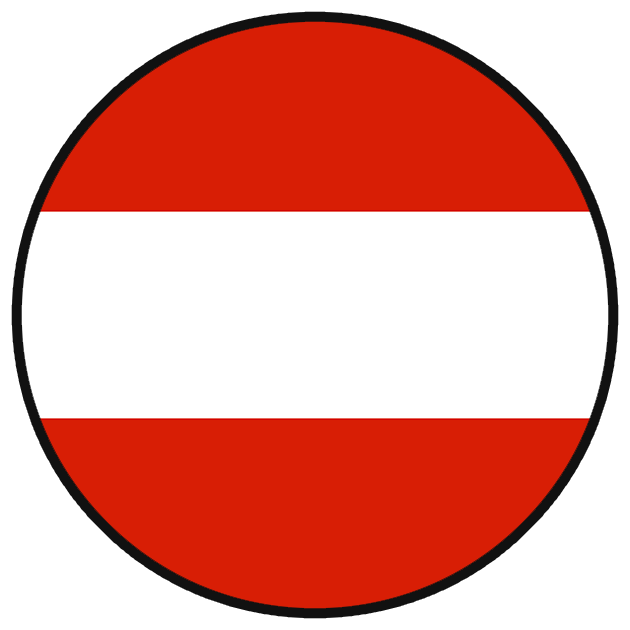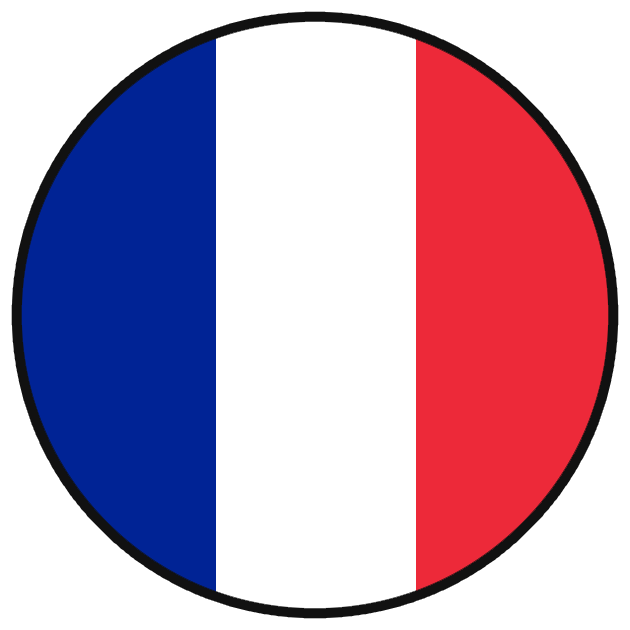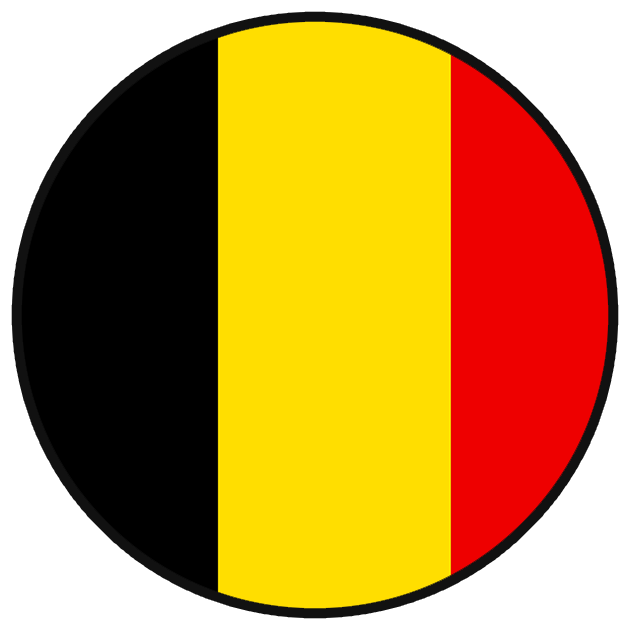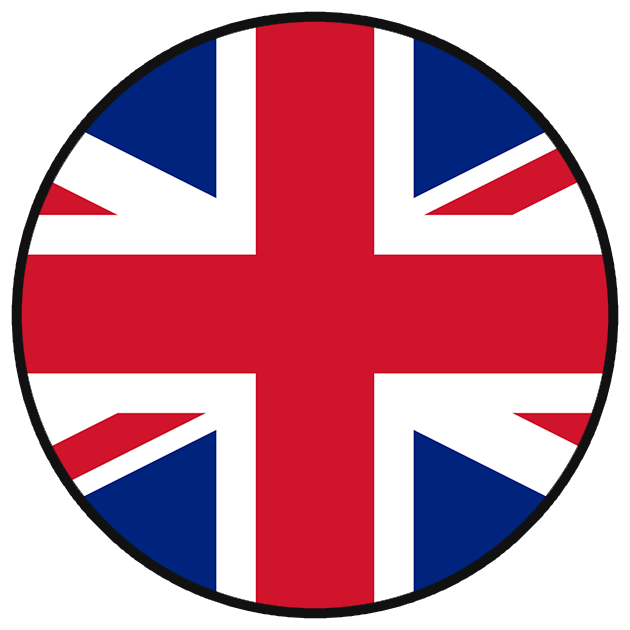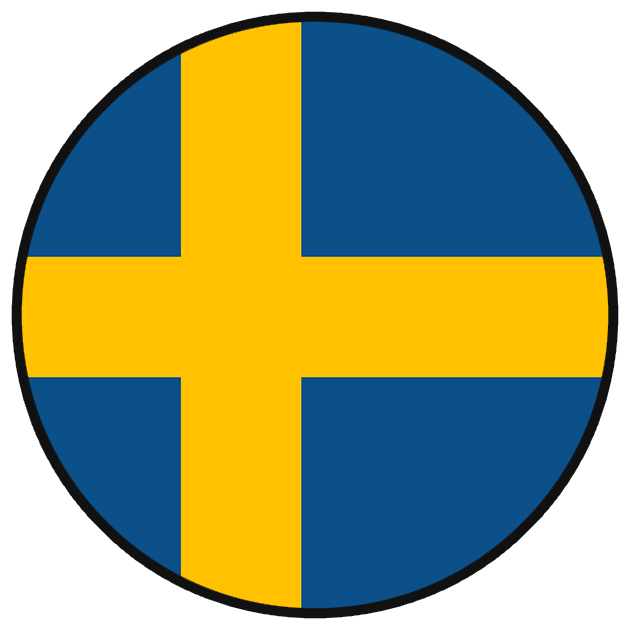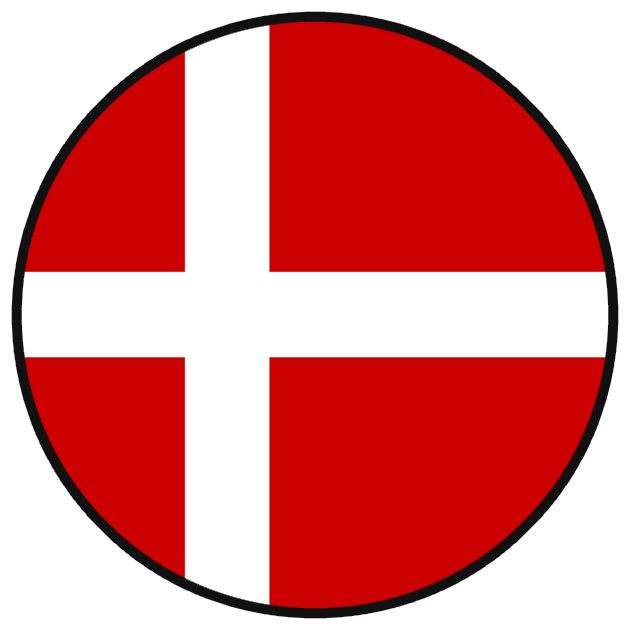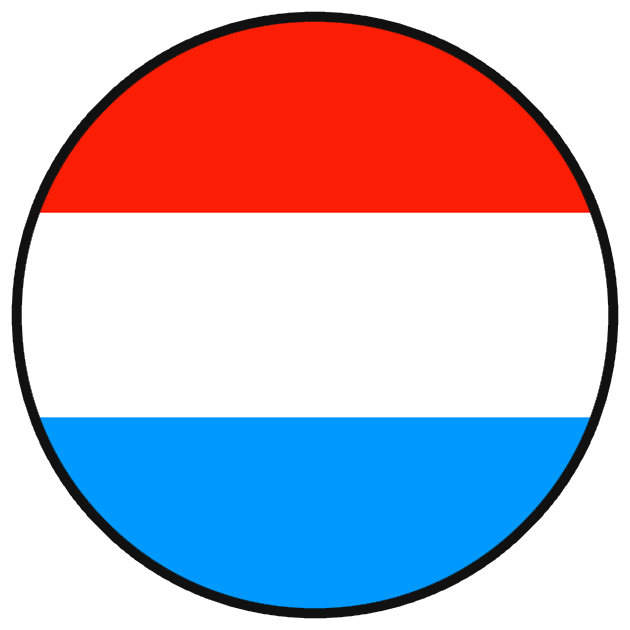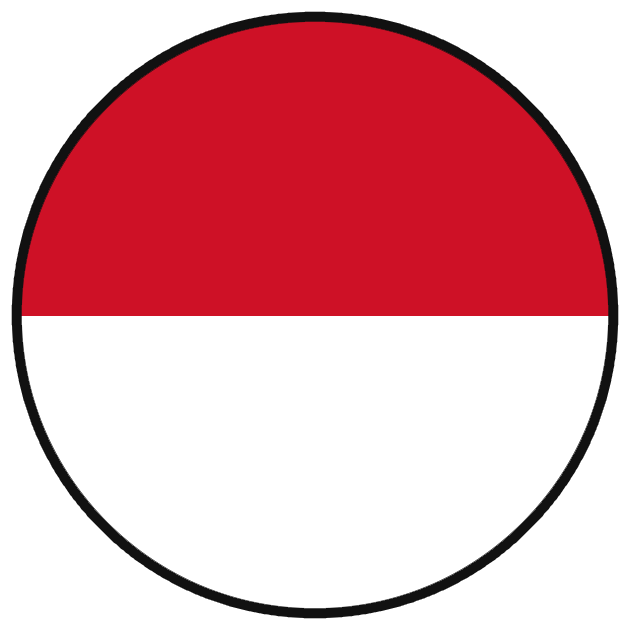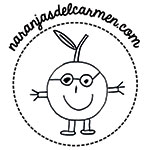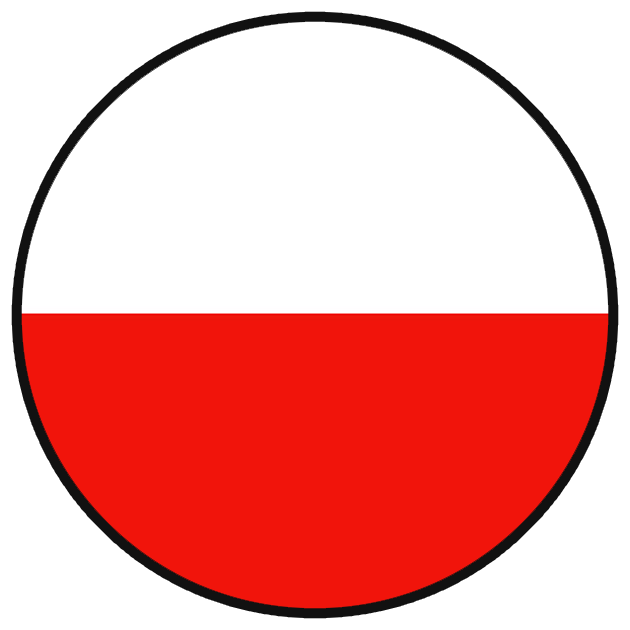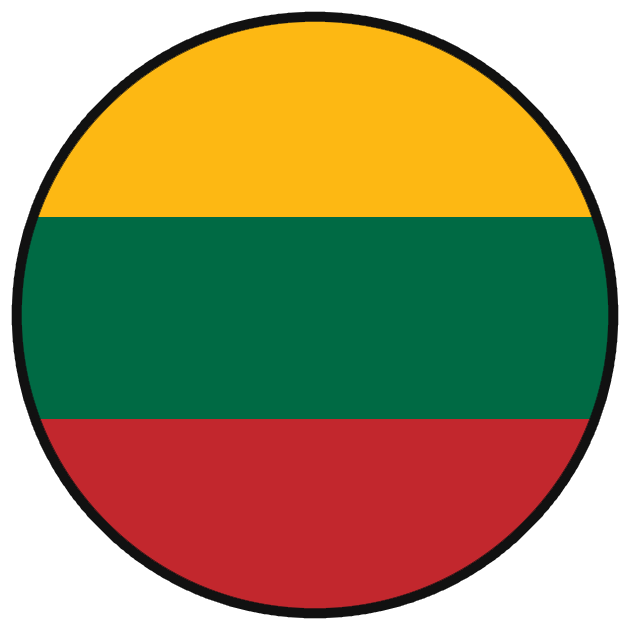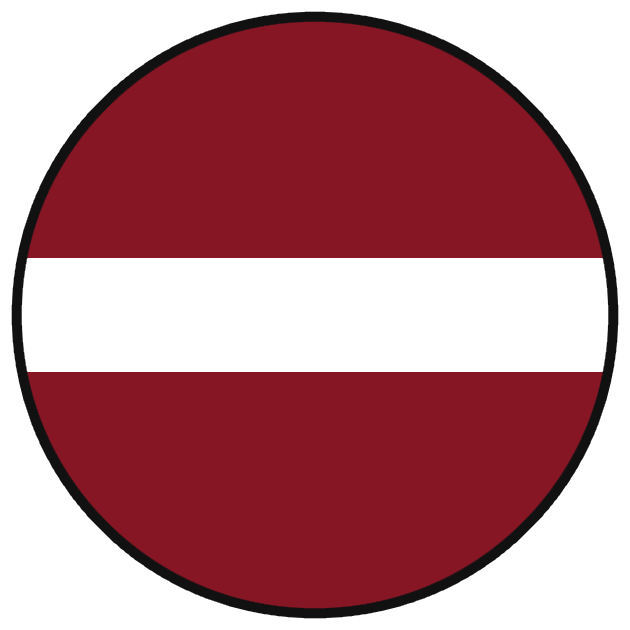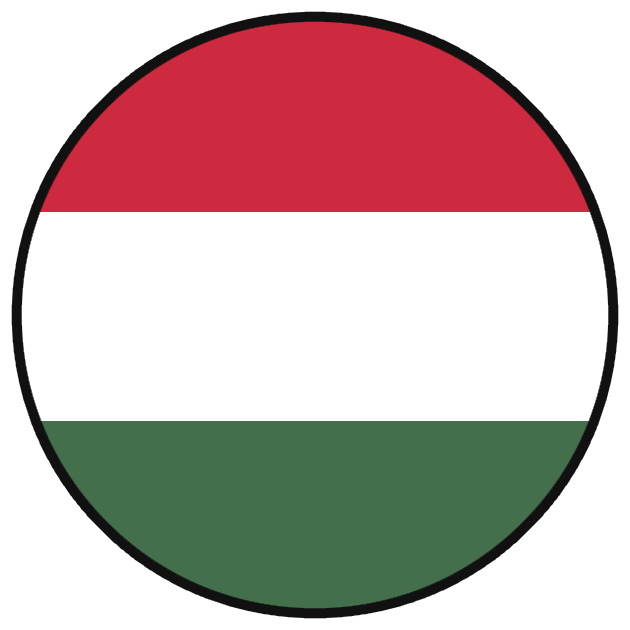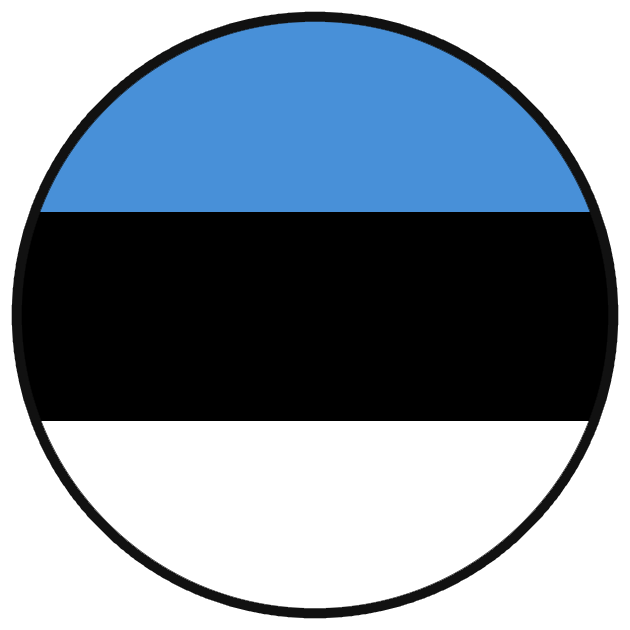Within our agricultural revolution Crowdfarming® you have the opportunity to adopt a beehive. From the beginning of spring until the end of the orange season the bees are living on our plantation in Valencia to produce our orange blossom honey. Afterwards they are brought to the mountains where they produce tasty mountain honey and spend the winter. In continuation, you will find out how the honey production of Naranjas del Carmen proceeds and which role you can play in case of adopting a beehive.
The production flow of our honey
Orange blossom honey :
- The bees are carried to our plantation and move into about 400 beehives in the middle of our orange trees (spring, April/May).
- We take care that the beehives are perfectly positioned within many blooming trees, because the more blossoms surround the hive, the more eggs are produced by the queen bee – this way, we support the growth of the bee population.
- As soon as a honey super is full, we add a new layer to enable the bees to continue diligently producing our delicious orange blossom honey.
Mountain honey:
- Once the orange blooming season has finished the bees and their hives are brought to the mountains (June).
- Also here it is very important that the hives are surrounded by lots of flowers (heather, oak and many more) so that the bees can develop ideally and find enough alimentation.
- Whenever a honey super is full, we add a new one to enable the bees to continue diligently producing our tasty mountain honey.
- Within the month September, when the blossoms in the mountains stop blooming, we bring the beehives down to the forest. In contrast to the orange blossom honey, we don’t take all the honey to leave some reserves for the bees to pass the winter.
But our work is not over yet. After the bees finished to fill the honeycombs, there are several production steps until the delicious honey arrives at your doorstep :
- As soon as the honey has riped in the honey supers we carefully cull the combs full of honey.
- We remove the wax with which the bees have sealed the cells.
- Afterwards we set the honeycombs into a centrifuge in which the honey streams out of the combs and directly into a filter that removes the remaining wax and flower leftovers (We use ambient temperature centrifugation, this way the flavour and properties don’t change).
- We let the honey rest for a few days so that remaining parts of insects or plants can come to the surface to be sieved out.
- The honey is filled into jars which have a personalised label with your beehive’s name on them.
Which role do you play in all that ?
The essence of Crowdfarming® is to involve the consumers in the production process of their alimentation. That way they can participate and become the owner of a tree or adopt a beehive – and connect with the nature.
You can adopt a beehive whenever you want and choose which blossoms they’re supposed to pollenise for your favourite honey variety. If you click to adopt a beehive we will reserve one of them for you and give you access to a virtual garden from which you can name your beehive (this name is going to be printed on your personal labels on the jars). There is no liability for you to keep the beehive – you decide if you want to continue having the beehive or not.
Do you want to know more about Crowdfarming®? Click here





 My account
My account 



